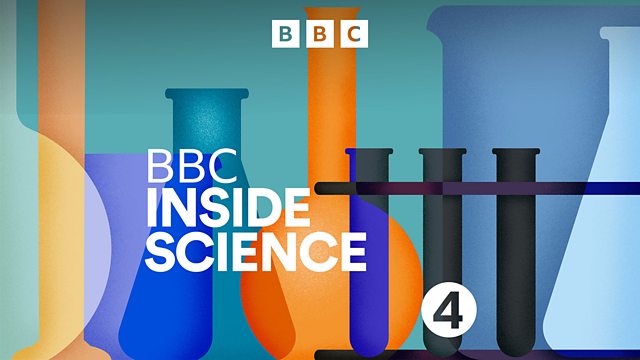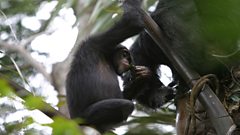Stars, Fracking, Ice Cores, Drunken Chimps
Adam Rutherford examines new images of the earliest galaxies close to the dawn of the universe and discusses a new report dispelling myths about the seismic impacts of fracking.
The ALMA telescope array in the Atacama Desert is one of the most sensitive earth based telescopes. It has now captured images of the very first galaxies. Adam talks to Dr Mark Swinbank of Durham University who's part of the team who've unleashed data this week from that universal hinterland that's set to fill in the missing gaps in our understanding of the evolution of the universe.
The European Parliament voted this week to place a moratorium on new licences for member states to frack for shale gas until proven safe for the environment. But how dangerous is fracking? A set of articles out this week in the journal Seismological Research Letters attempts to address and dispel some of the myths and misconceptions about fracking, and to get to the root of the very real, increasing frequency of seismic activity. US Geologist Justin Rubinstein and University of Strathclyde geologist Zoe Shipton discuss the evidence
As global temperatures increase Ice Core scientists searching for clues to Earth's past climatic history face a ticking clock to gather enough core samples before they melt. Only a tiny amount of mountain glacial ice has ever been collected and studied, and in 2016 ice cores from the Alps will be moved to safer storage in Nature's freezer - a giant vault in Antarctica. Marnie Chesterton meets Ice Core researchers from British Antarctic Survey to find out why they need this archive.
A new paper shows the first recorded instances of alcohol drinking in wild chimpanzees. Tanya Humle from the University of Kent describes the novel behaviour. With anthropologist Professor Catherine Hill, Dr Humle discusses whether "wild" chimp research is even possible in an age when human and chimp habitats overlap.
Producer Adrian Washbourne.
Last on
Clips
-
![]()
JJ Drinking Palm Wine
Duration: 00:38
-
![]()
Chimpanzee Drinking Palm Wine
Duration: 00:29
Sharpest View Ever of Star Formation in the Distant Universe

Dr Rob Mulvaney and Emily Ludlow in the Ice Core Freezer at British Antarctic Survey

Dr Rob Mulvaney and Emily Ludlow in the Ice Core Freezer at British Antarctic Survey. In this room, the team cut and analyse ice core samples, which reveal information about our climate dating back 800,000 years.聽
Broadcasts
- Thu 11 Jun 2015 16:3091热爆 Radio 4
- Thu 11 Jun 2015 21:0091热爆 Radio 4
Explore further with The Open University
91热爆 Inside Science is produced in partnership with The Open University.
Podcast
-
![]()
91热爆 Inside Science
A weekly programme looking at the science that's changing our world.




